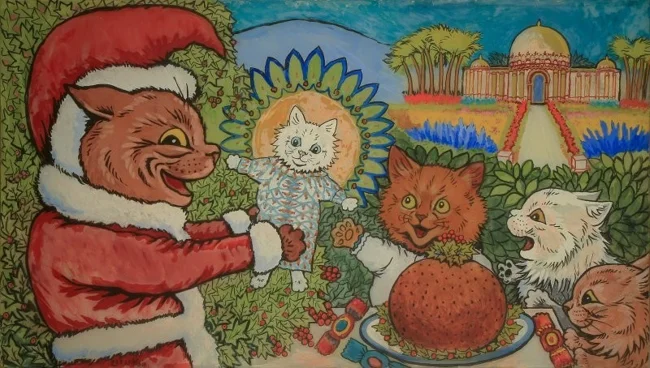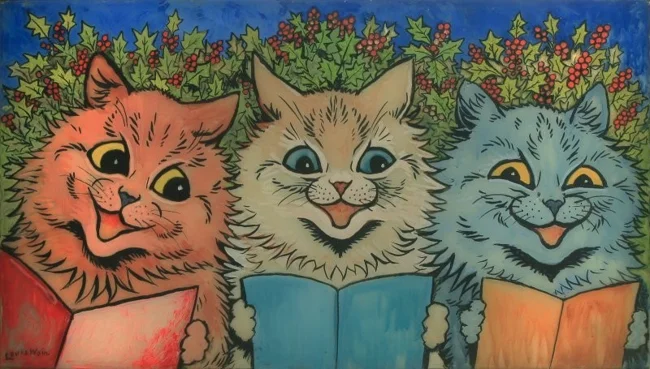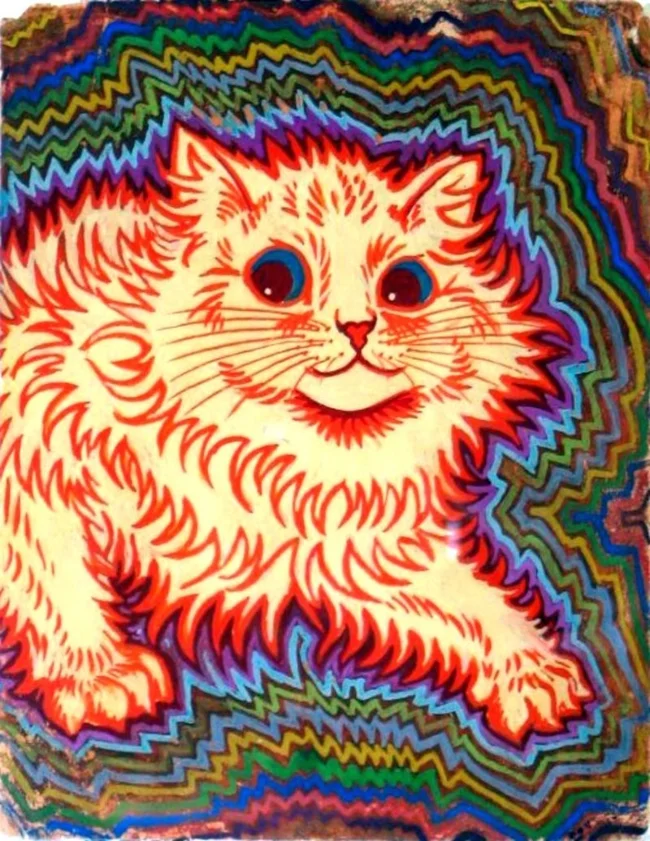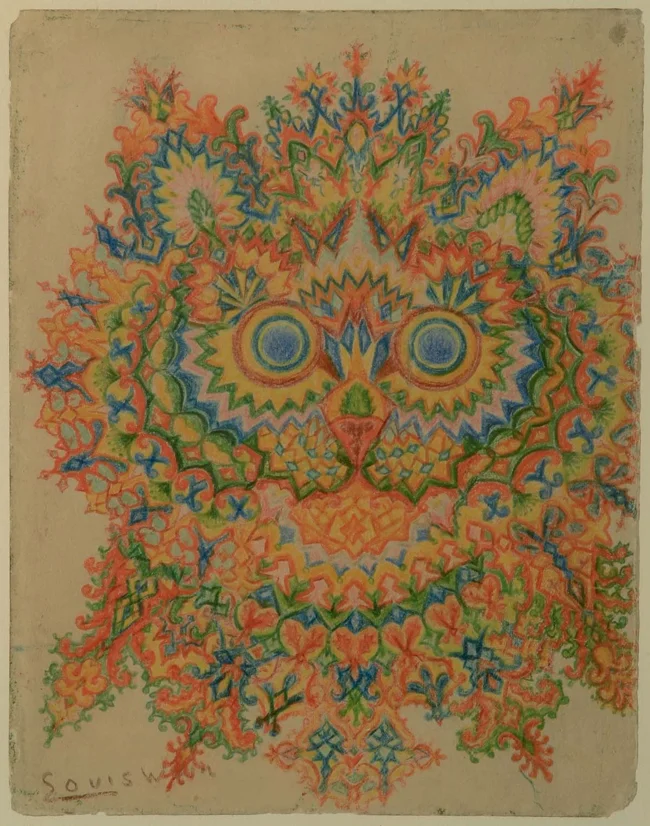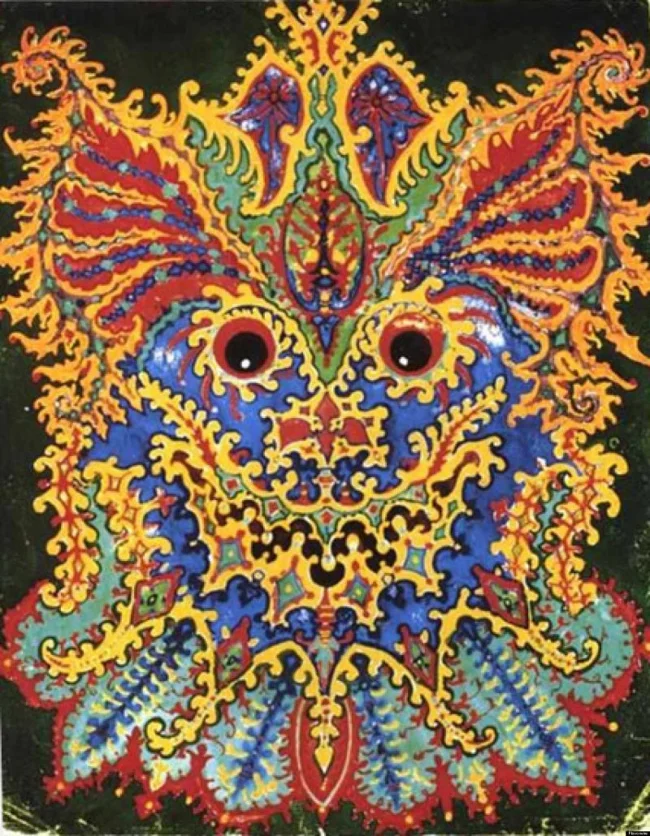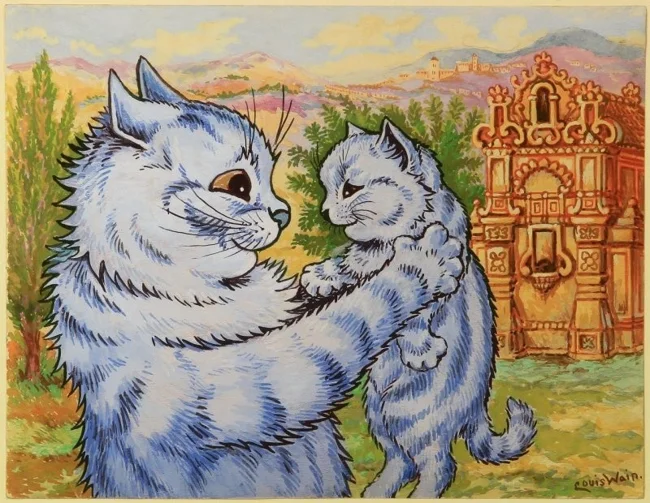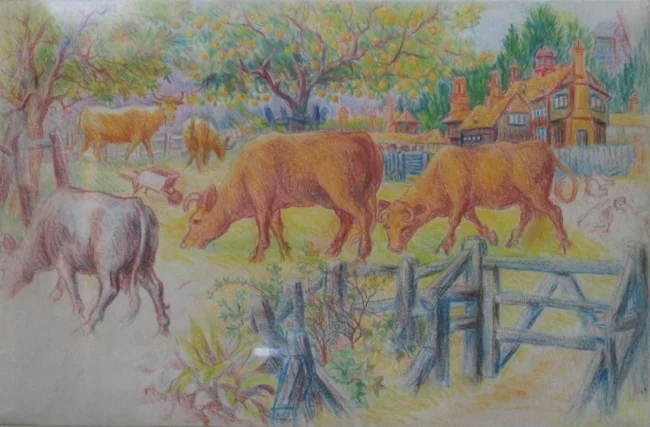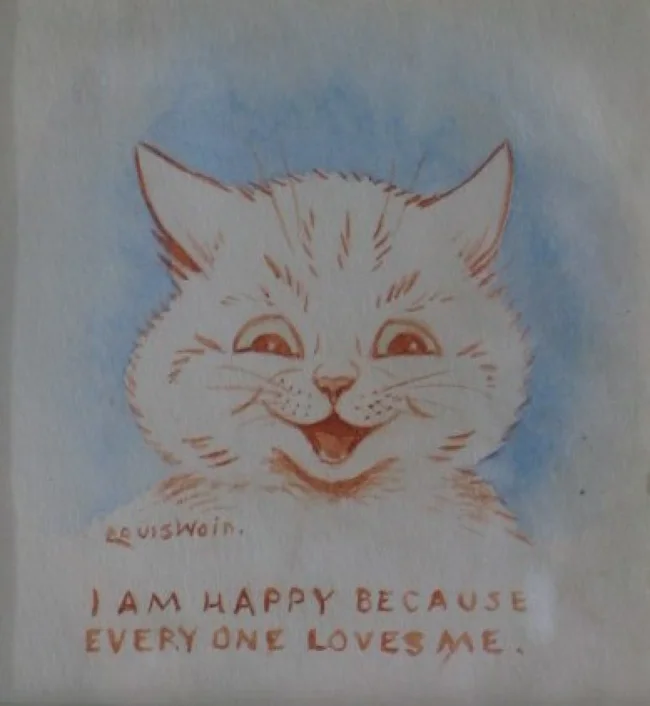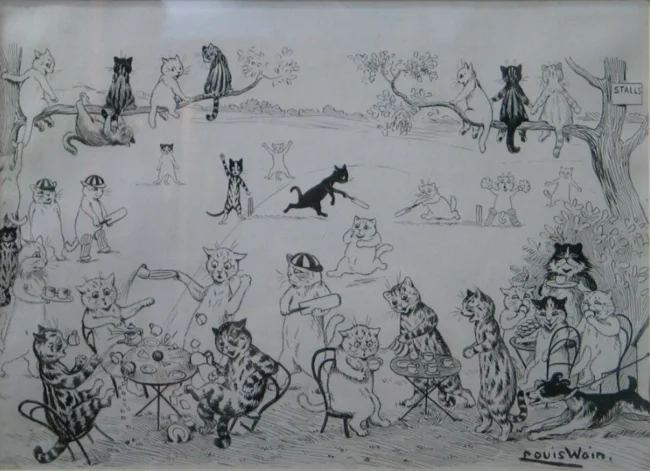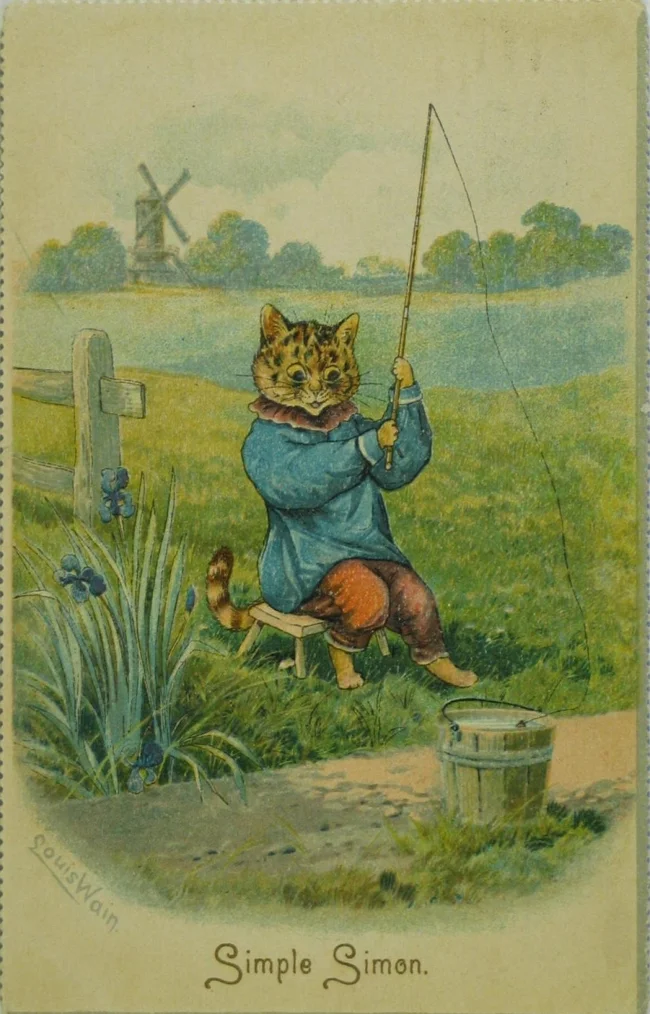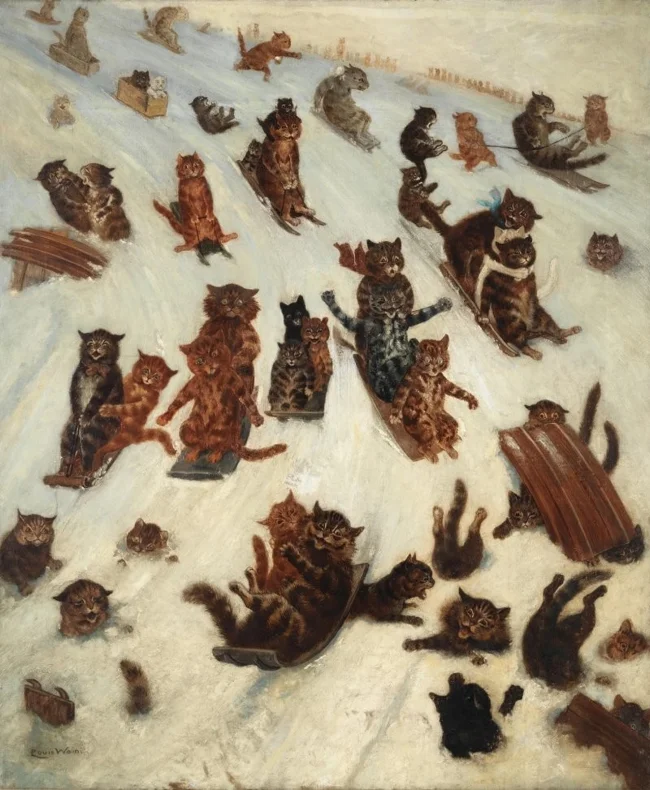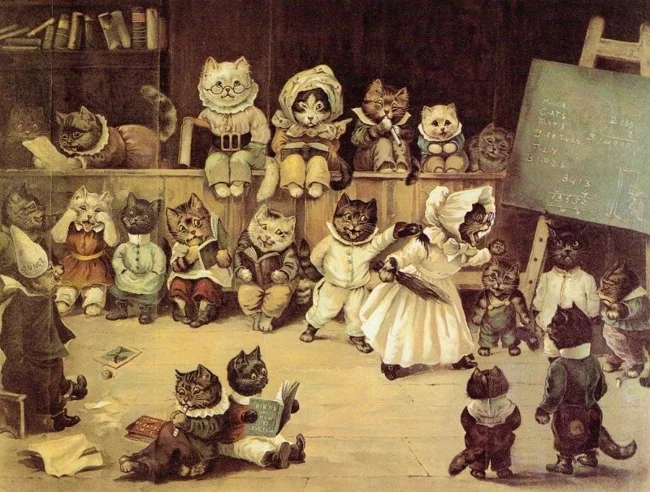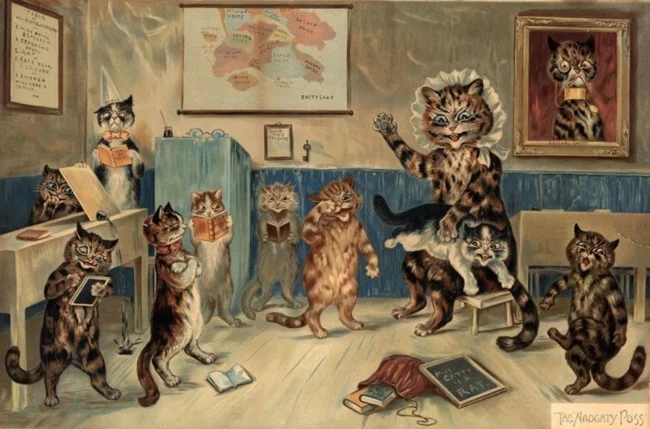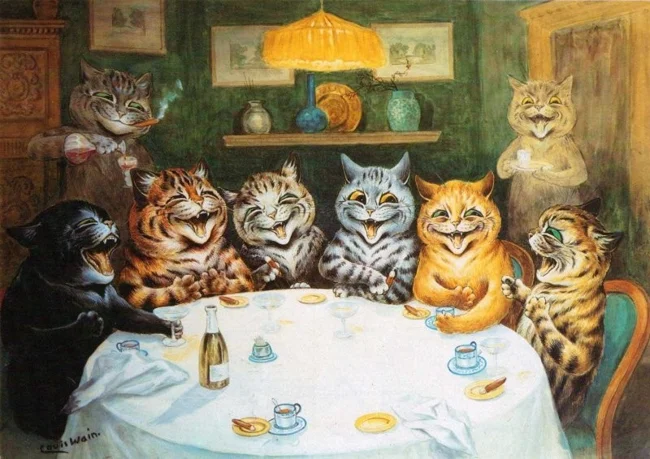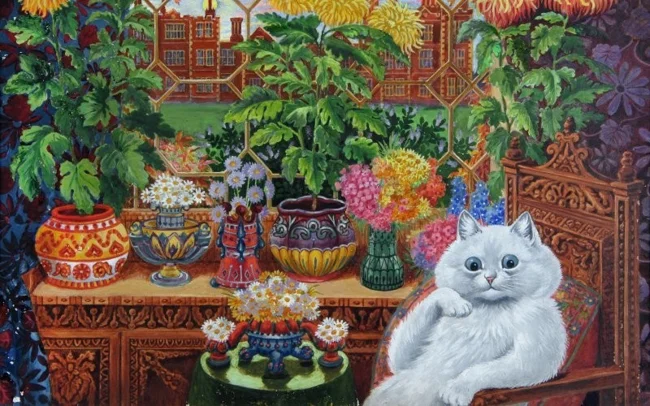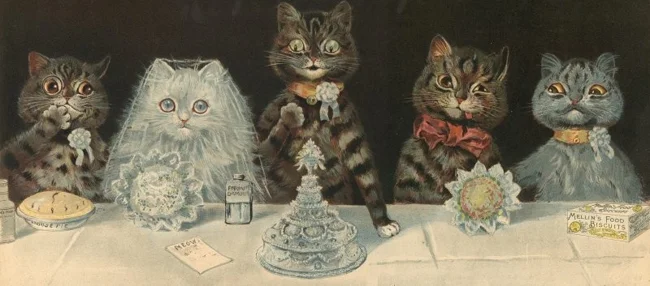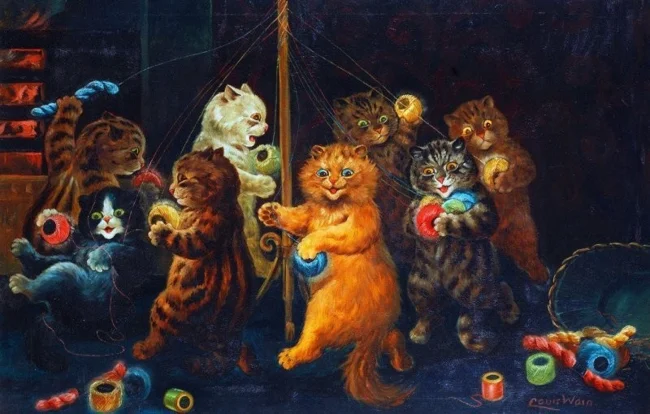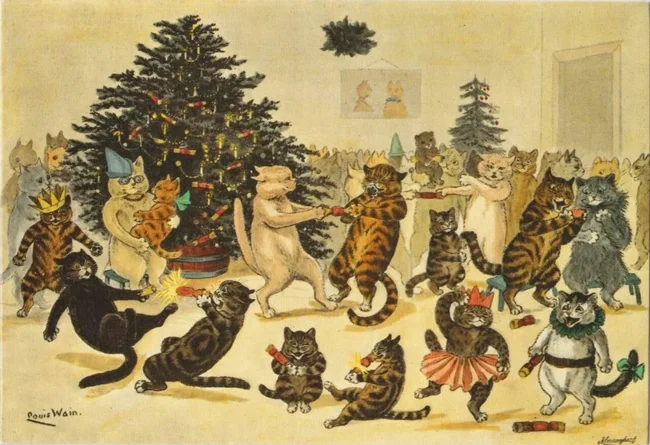The difficult fate of the creator of fractal and anthropomorphic cats Louis Wayne (30 photos)
A strange mind gives rise to unusual worlds and images. Which remain in history and become an object of admiration and investment. 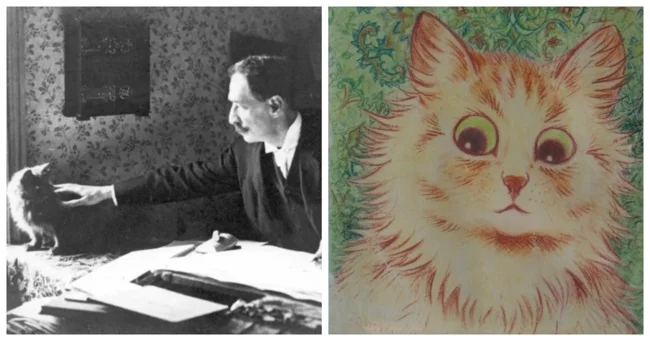
Louis William Wayne was born on August 5, 1860. His father was a traveling worker for a textile company, and his mother, an emigrant from France, designed church embroideries and carpets. The boy studied at the West London School of Art, then began his career as an art journalist. 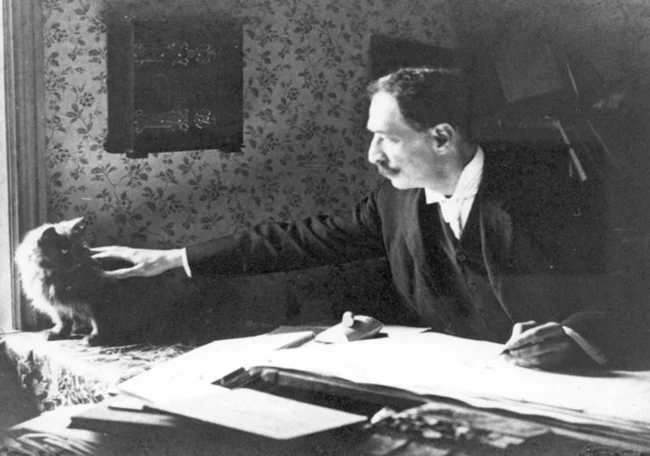
Louis with his pet Peter
However, it was his paintings of cats that ultimately made him famous and famous. From the 1880s until the outbreak of World War I, the "Louis Wayne cat" was extremely popular. Appearing in large numbers in print, books, magazines, postcards and yearbooks, Wayne's cats participated in every kind of human activity - from playing cricket, digging roads and riding bicycles to showing off the latest fashions and making pompous speeches after dinner at the club. In a word, they behaved like people do. 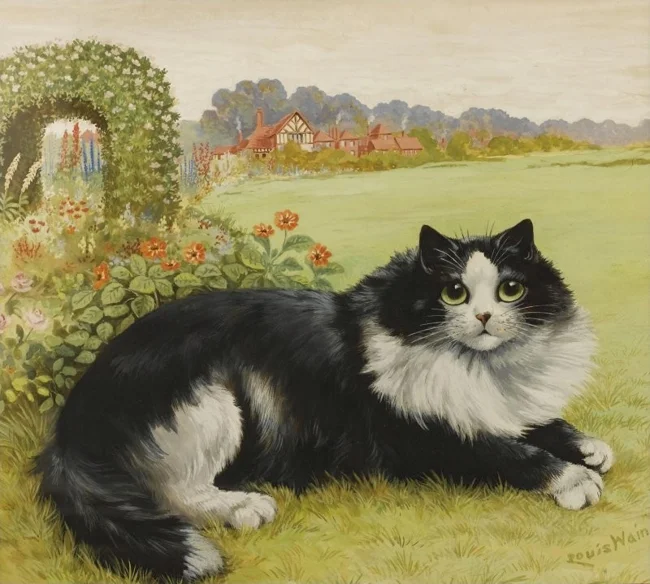

One of Peter's early images
Despite his fame, Wayne never became rich. The reason was the extreme impracticality of the artist, whose money simply flowed through his fingers like water.
And when the war began, he practically became a beggar. Wayne, like many creative people, has always demonstrated a certain eccentricity. But now it has developed into a rather serious mental disorder. Previously a soft and meek man, he became increasingly suspicious, harsh, and sometimes even cruel towards his sisters with whom he lived.
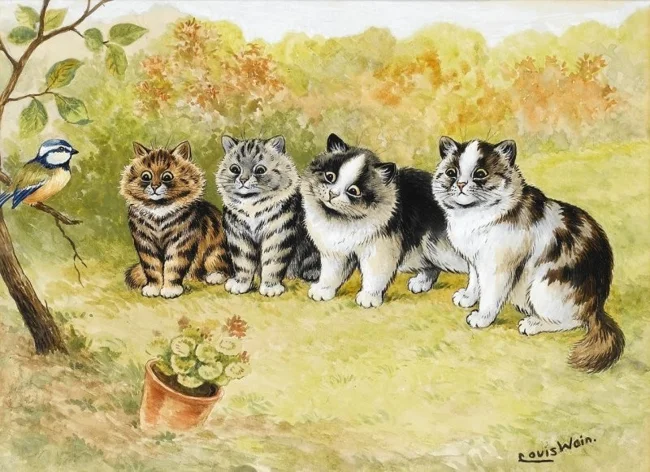
From early works
He was eventually declared insane in June 1924 and admitted to Springfield Hospital in Tooting. He was allegedly discovered by chance here a year later and transferred to Bethlem Hospital after a campaign organized by fans of his work, which even included Prime Minister James Ramsay MacDonald. MacDonald later ensured that Wayne's sisters received a small pension in recognition of their brother's artistic achievements.
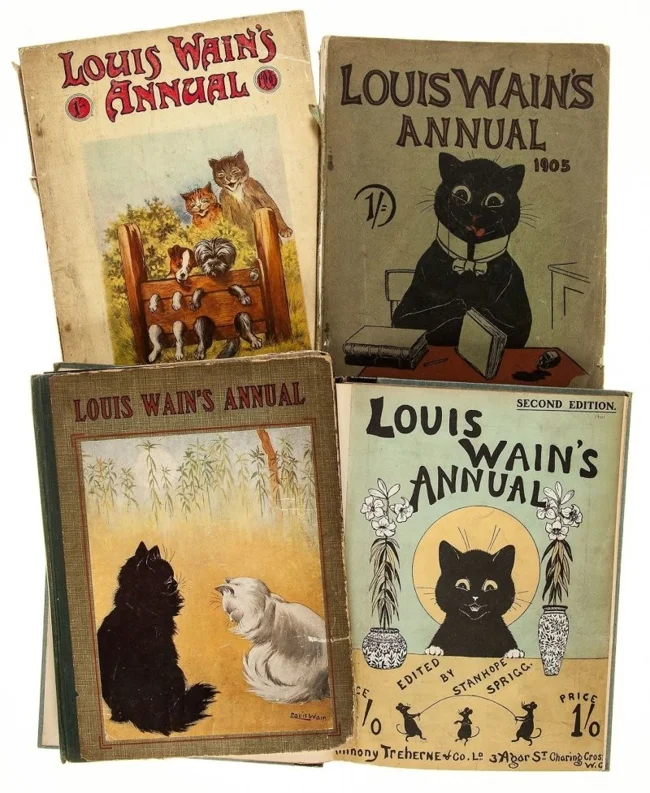
Yearbooks illustrated by Wayne
In 1930, Louis Wayne was transferred to Knapsbury Hospital, located near St. Albans. He continued to paint until the end of his life, and exhibitions of his work were held in London in 1931 and 1937.
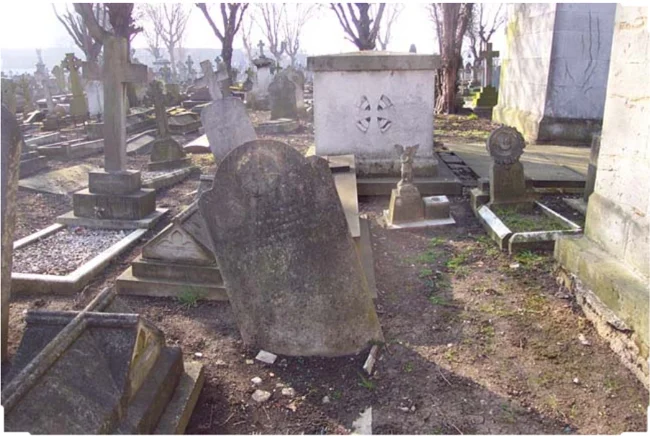
Artist's grave
He died in Napsbury on July 4, 1939. A new round of interest in Wayne’s works came in the 90s. Postcard prices have jumped to $500 each, with watercolors and drawings selling for $5 to $35. In 2021, the film “The Cat Worlds of Louis Wayne” was released, dedicated to the life and work of the artist.
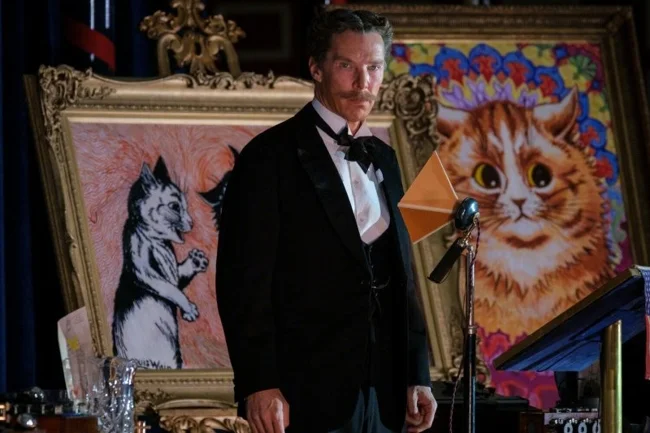
Still from the film "The Cat Worlds of Louis Wayne"
